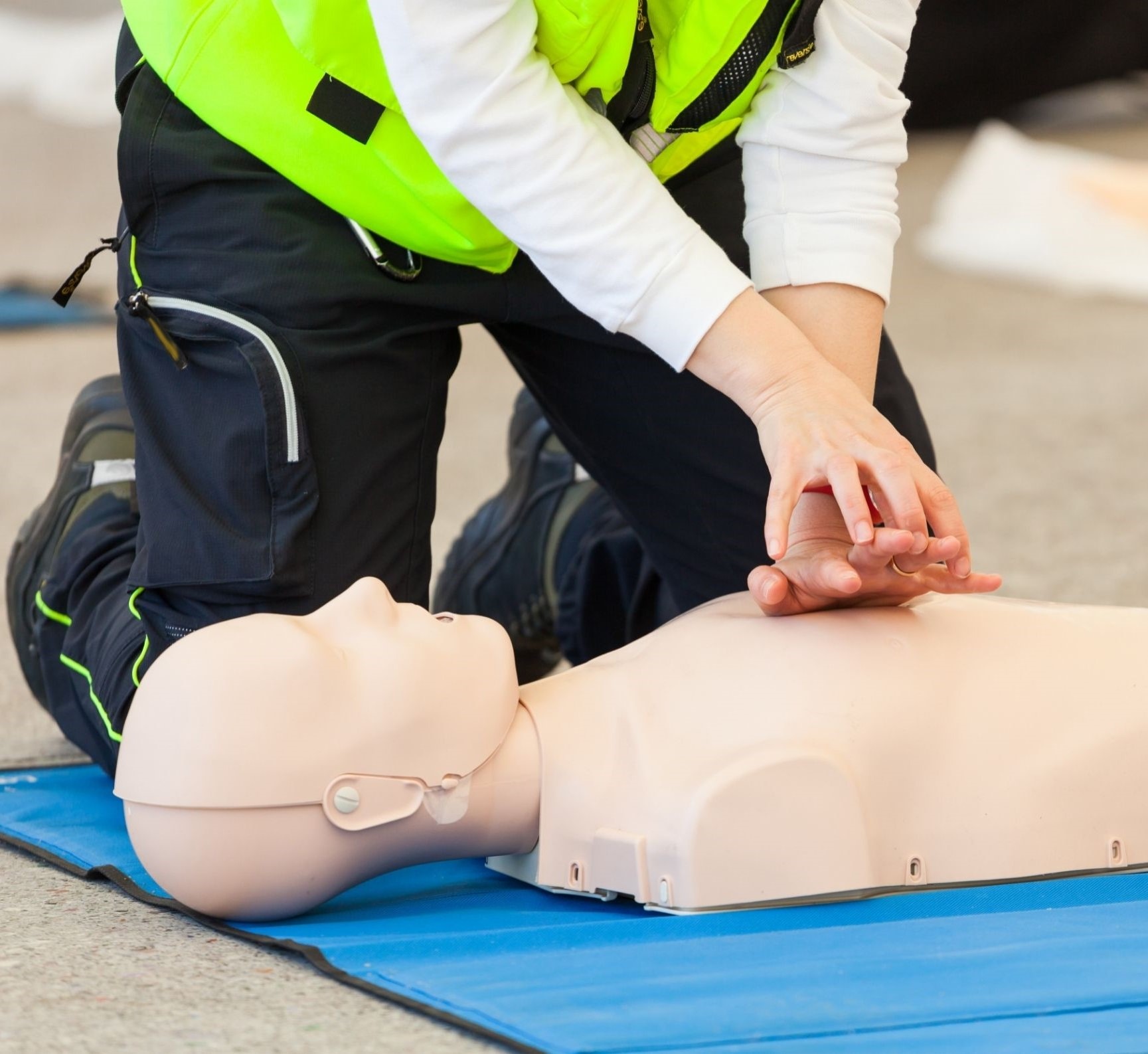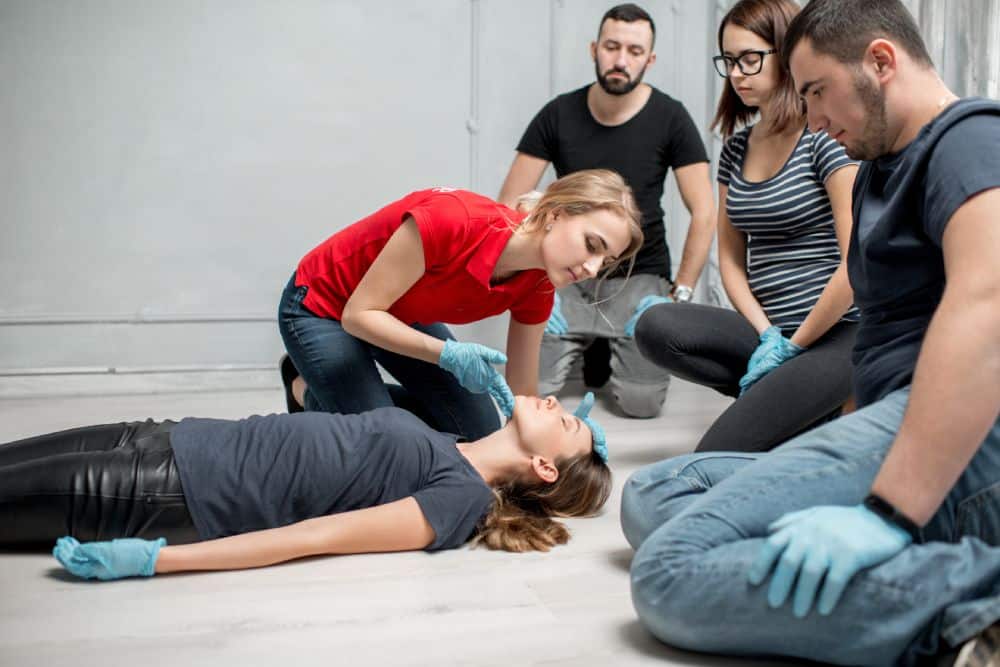Introduction
In today's world, emergency situations can strike anytime, and being prepared is vital. One of the vital skills that can conserve lives is cardiopulmonary resuscitation (CPR). Young adults represent an essential populace that can be educated to react successfully in emergencies. By equipping them with mouth-to-mouth resuscitation training, we not just empower them with life-saving abilities yet also foster a society of preparedness and responsibility. This article discovers the relevance of mouth-to-mouth resuscitation training for teens, what to expect in first aid courses, and how these skills add to their personal growth and community safety.
Understanding mouth-to-mouth resuscitation Training for Teens: Preparing the Next Generation for Emergencies
What is CPR?
Cardiopulmonary resuscitation (CPR) is a lifesaving technique made use of throughout emergency situations when someone's heart beat or breathing has quit. It contains breast compressions and rescue breaths that aid maintain blood flow to essential organs up until professional clinical aid arrives. Recognizing the basics of mouth-to-mouth resuscitation is important for teens that may discover themselves in emergency situation situations.
Why Do Teens Need CPR Training?
Teens are often at celebrations, sports occasions, and even home parties where emergencies may occur. By finding out mouth-to-mouth resuscitation, they come to be aggressive participants of their neighborhood who can act decisively during crises. The capability to execute mouth-to-mouth resuscitation confidently can turn a potentially terrible circumstance right into one where lives are saved.
Benefits of First Aid Courses for Teens
First aid training courses do greater than just instruct individuals exactly how to supply instant care; they infuse confidence and child care first aid options Hobart enhance problem-solving skills. For teens, this experience can develop character and urge leadership top qualities.
- Empowerment: Knowledge of emergency treatment and mouth-to-mouth resuscitation equips young people. Confidence Building: Efficiently finishing a training course provides teens with a sense of achievement. Community Service: Educated teenagers can volunteer in different settings such as colleges or sporting activities teams.
The Framework of CPR Courses for Teens
Course Duration and Format
Most emergency treatment courses are designed to fit within a couple of hours to a number of days, depending upon the depth of training supplied. Generally, a standard emergency treatment course will cover:
- Theory: The principles behind first aid techniques. Practical Skills: Hands-on practice with mannequins or through simulations.
Key Elements Covered in First Aid Courses
Understanding Emergency situation Situations- Recognizing when to require help Assessing the scene for safety
- Performing high-grade breast compressions Providing rescue breaths correctly
- Learning how to run an AED Importance of very early defibrillation
- Techniques for adults, youngsters, and infants Recognizing indicators of air passage obstruction
- Cuts and scrapes Sprains and fractures
The Importance of Qualification in First Aid Training
Obtaining Your First Aid Certificate
Completing a first aid course commonly culminates in receiving a qualification that verifies your skills. This certificate serves several purposes:
- It shows proficiency in emergency situation response. Many companies call for certification for engagement in certain events.
Keeping Certifications Current
Just like any type of life ability, it is necessary to maintain your knowledge up-to-date. A lot of organizations advise renewing certifications every 2 years.
How Teens Can Get Involved with Emergency Treatment Training
Finding Regional Emergency treatment Courses
Teenagers interested in acquiring their emergency treatment certification should explore local recreation center, colleges, or health organizations that provide certified training courses.
Helpful Resources:
- American Red Cross St John Ambulance Local health centers or health and wellness departments
Online vs In-Person Training Options
With improvements in modern technology, on-line modules have come to be preferred yet might lack hands-on method essential for absolutely understanding methods. A blended technique-- integrating on-line theory with sensible sessions-- may be most beneficial.
Creating Awareness Amongst Peers regarding CPR Educating for Teens: Preparing the Future Generation for Emergencies
Peer Education Initiatives
Encouraging teens to share what they've found out with their buddies can intensify the influence of training programs:
- Forming study groups concentrated on emergency situation preparedness. Hosting workshops at schools or community centers.
Using Social network as a Platform
Teens today are greatly engaged on social media sites systems; using these channels can aid spread out awareness regarding the significance of emergency treatment training amongst peers.
Real-Life Stories That Highlight the Significance of CPR Educating for Teens
Case Study 1: Conserving a Life at School Sports Event
A young adult trained in mouth-to-mouth resuscitation was able to conserve their pal's life throughout a soccer match when he fell down on the area as a result of heart attack. Their fast reasoning allowed them to provide appropriate chest compressions until emergency services arrived.
Case Research study 2: Family Emergency Situation at Home
Another example entailed brother or sisters who had actually taken a first aid course together. When their more youthful brother unintentionally choked on food throughout dinner, they promptly understood what actions to take because they remembered their training-- leading them effectively through the emergency.
Frequently Asked Questions (FAQs) Concerning Teenager Mouth-to-mouth Resuscitation Training
1. What age should teenagers begin taking mouth-to-mouth resuscitation courses?
The majority of organizations advise beginning as early as 12 years of ages; however, younger children can additionally discover standard concepts via appropriate programs customized to their age group.
2. How long does it require to complete an emergency treatment course?


3. Exist any prerequisites before enrolling?
No formal requirements exist; nonetheless, it's useful if participants have an understanding of fundamental medical terms.
4. Will I receive accreditation after completing my course?
Yes! Upon successful conclusion and passing any necessary assessments you'll get an official emergency treatment certificate valid for two years.

5. Can I take these training courses online?
Several institutions offer hybrid formats integrating on-line concept with called for sensible sessions held in individual-- this is recommended by sector standards.
6. Is it needed to restore my certification periodically?
Yes! Regular recertification ensures your skills continue to be skillful and updated according to existing guidelines.
Conclusion
In conclusion, equipping young adults with understanding concerning cardiopulmonary resuscitation (CPR) via specialized training programs is indispensable not only for their growth but likewise enhances area safety generally. With effective training resources available-- from regional courses offering comprehensive guideline on both basic first aid techniques in addition to innovative life support techniques-- it's easier than in the past for young individuals excited regarding making an impactful distinction during emergencies!
As we move forward into an unforeseeable world full of obstacles requiring quick activity-- let us spend our efforts towards educating this future generation so they're prepared not just academically however likewise virtually furnished when encountered versus real-life circumstances demanding immediate reactions like those calling for timely interventions such as carrying out effective cardiopulmonary resuscitation (MOUTH-TO-MOUTH RESUSCITATION).